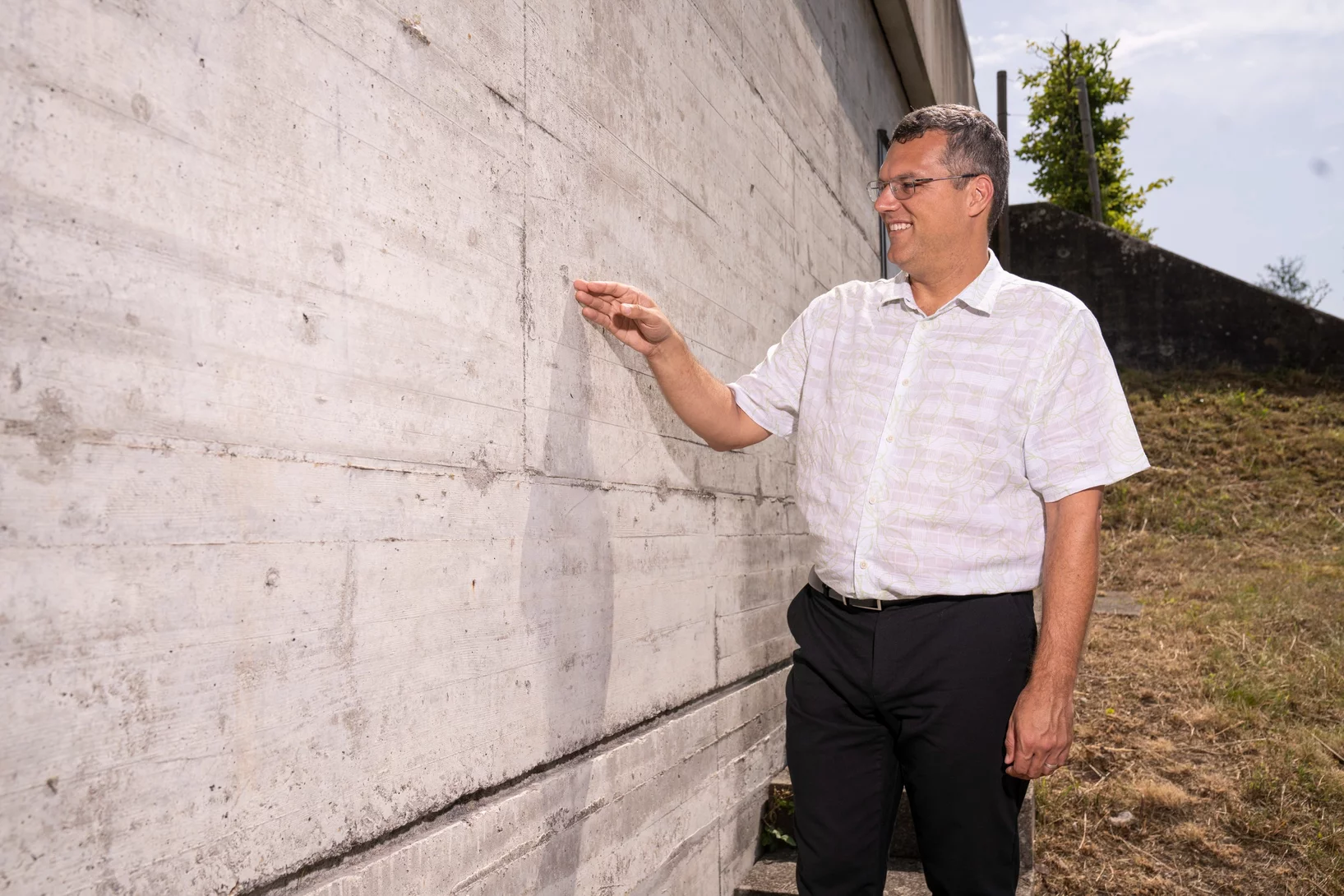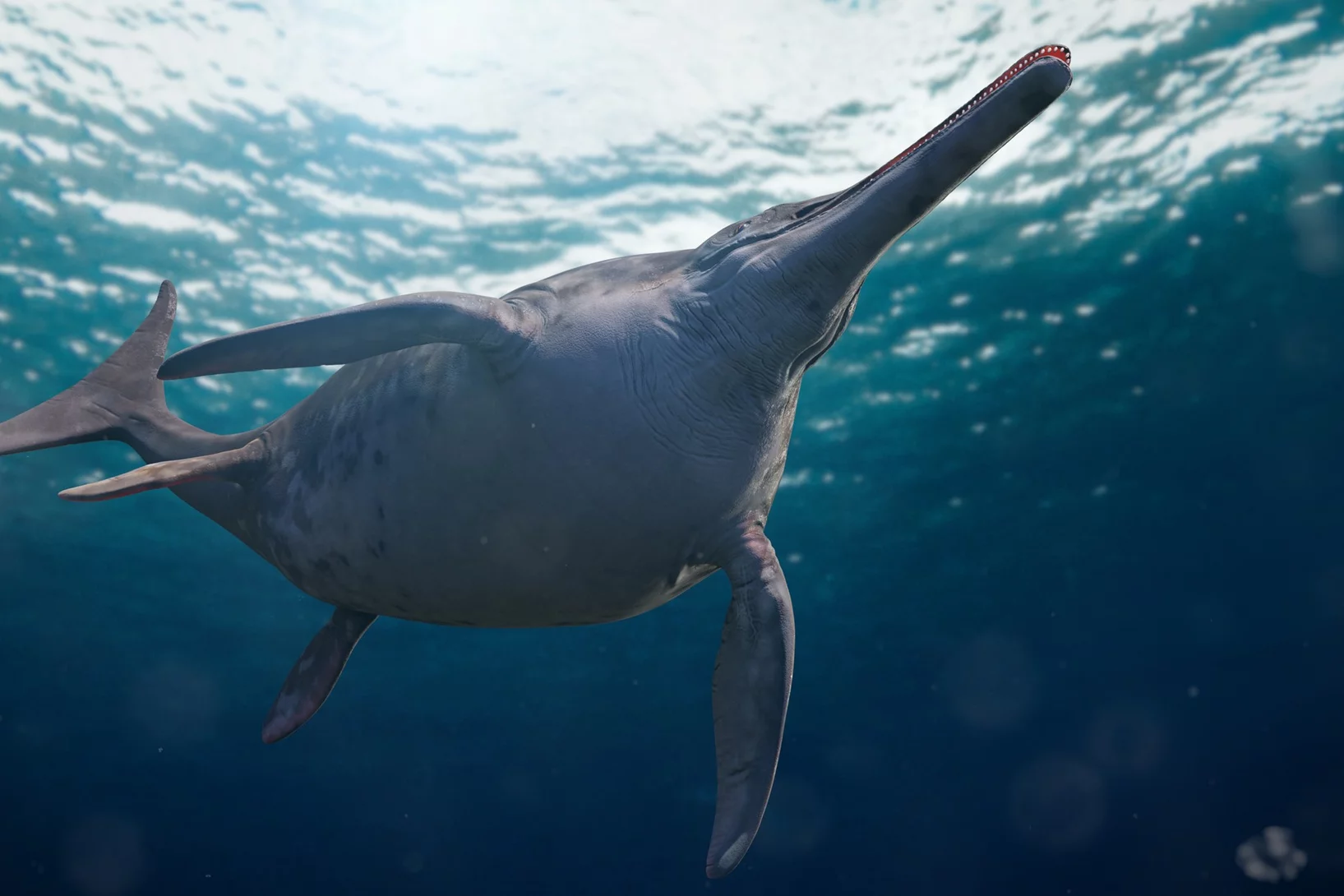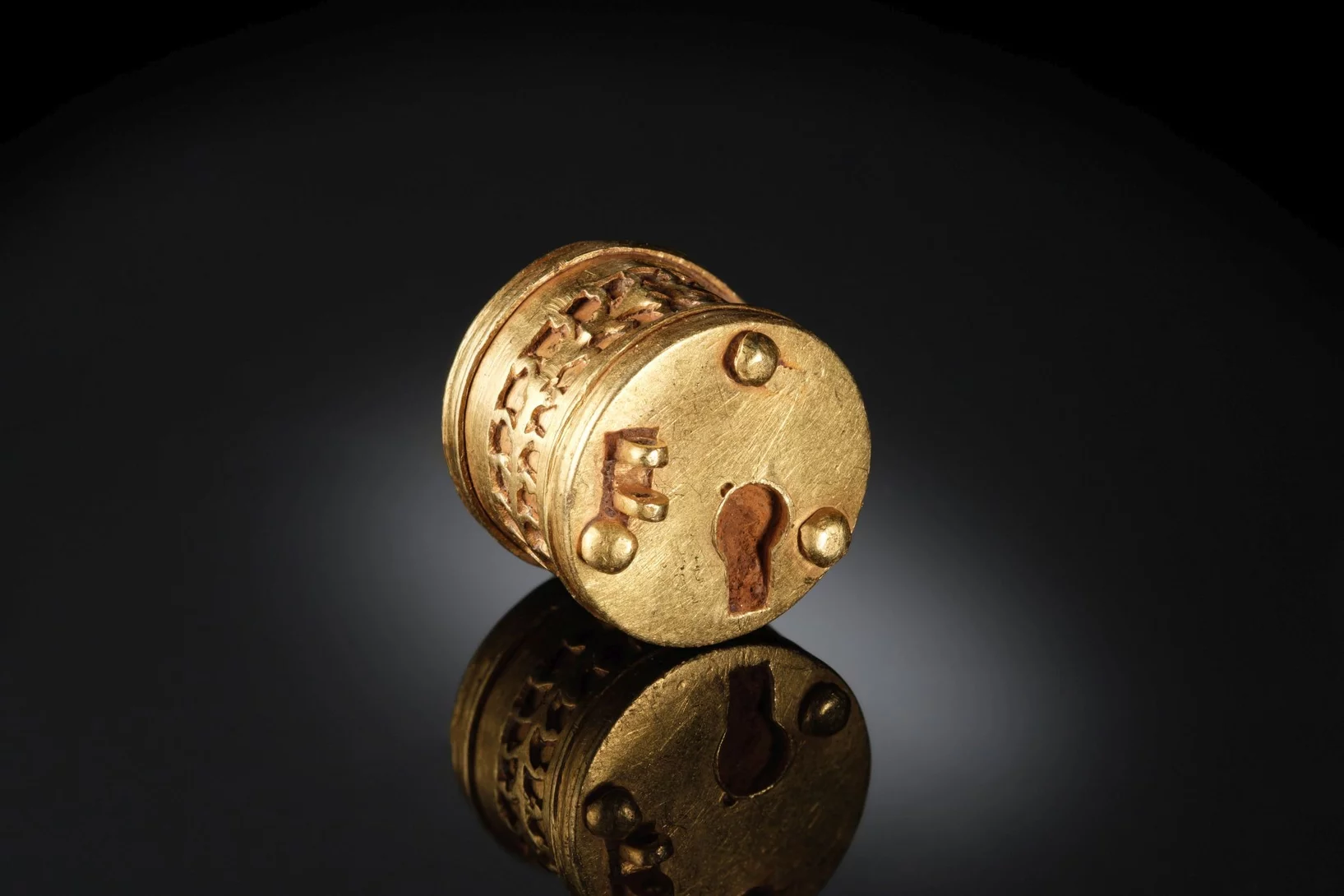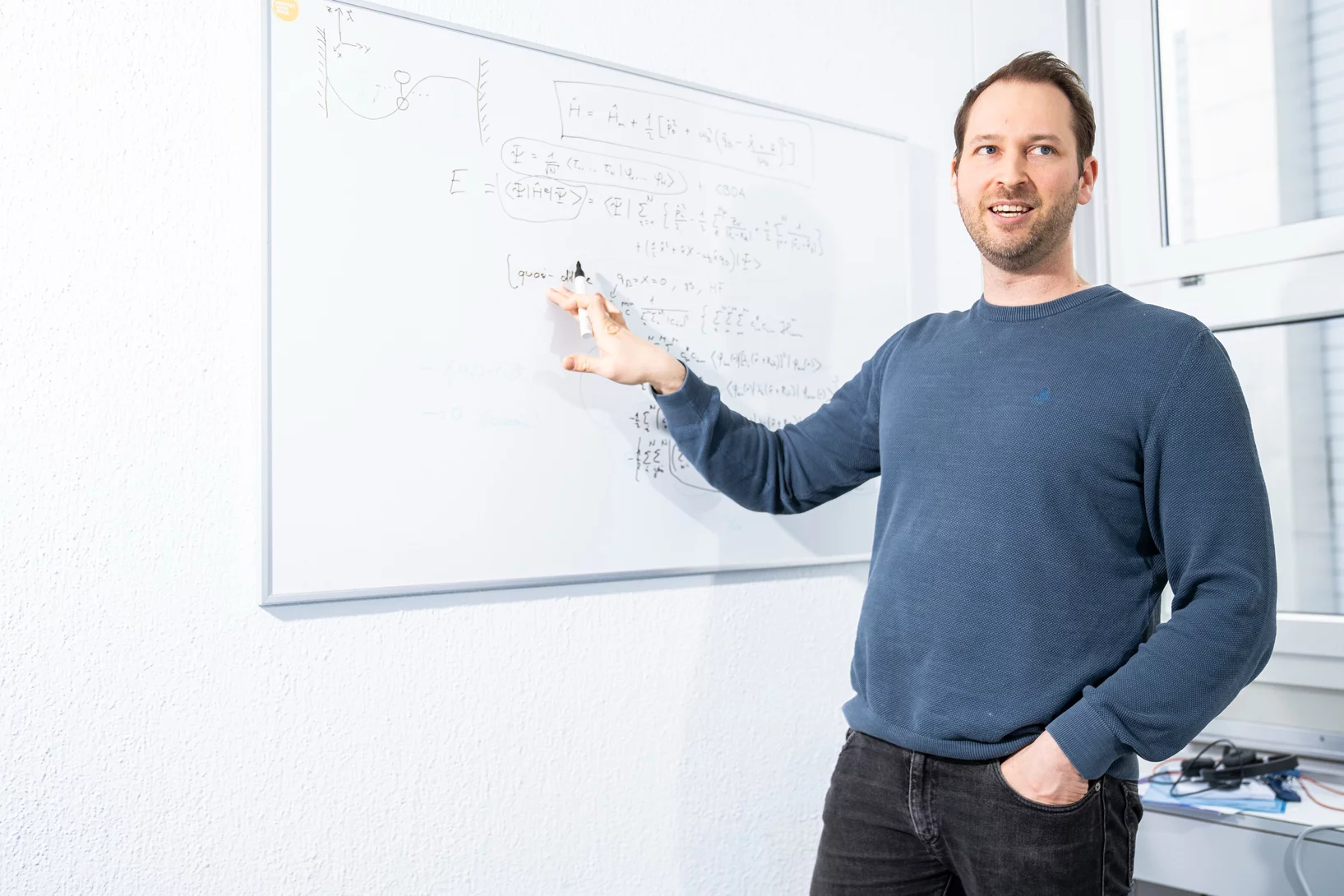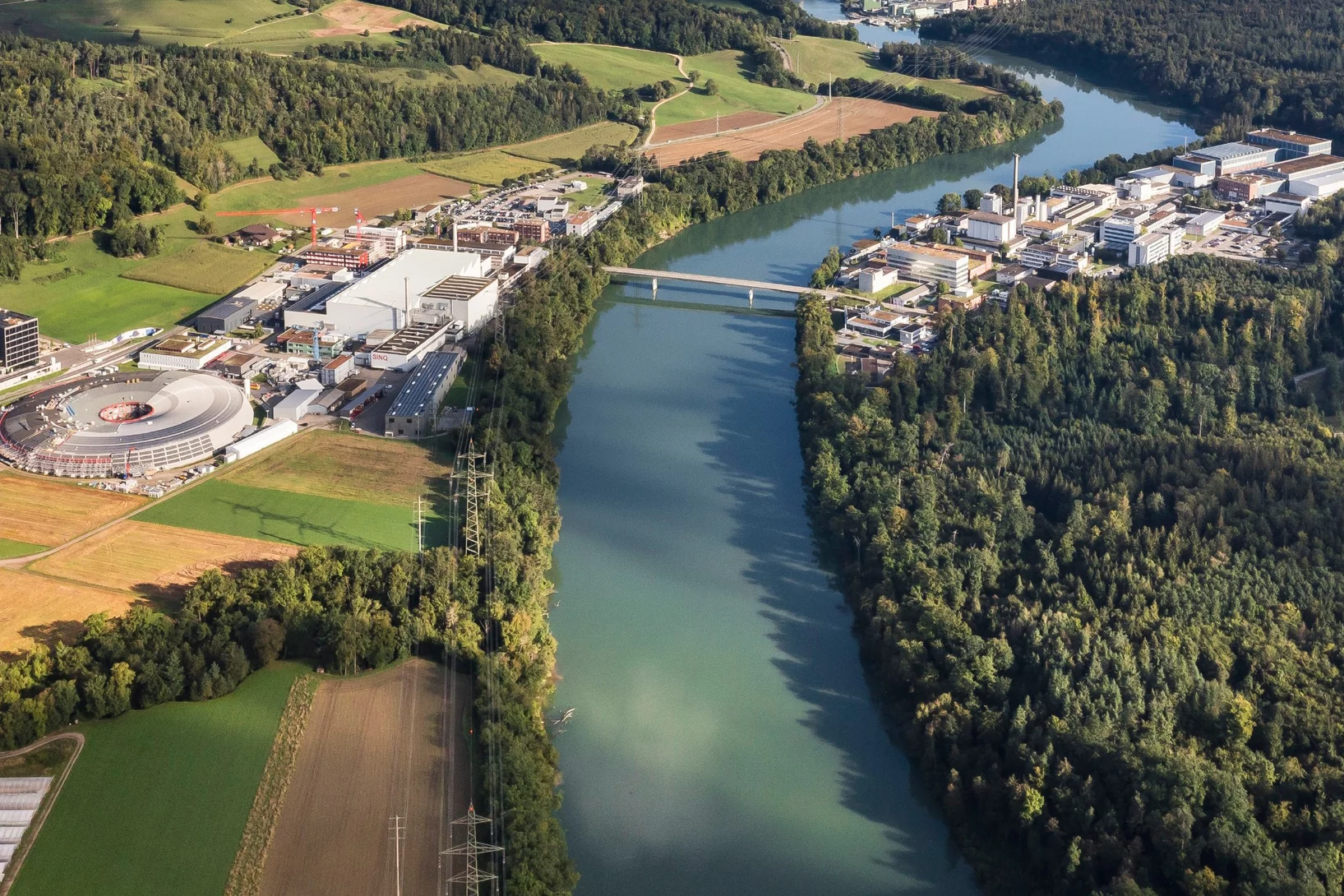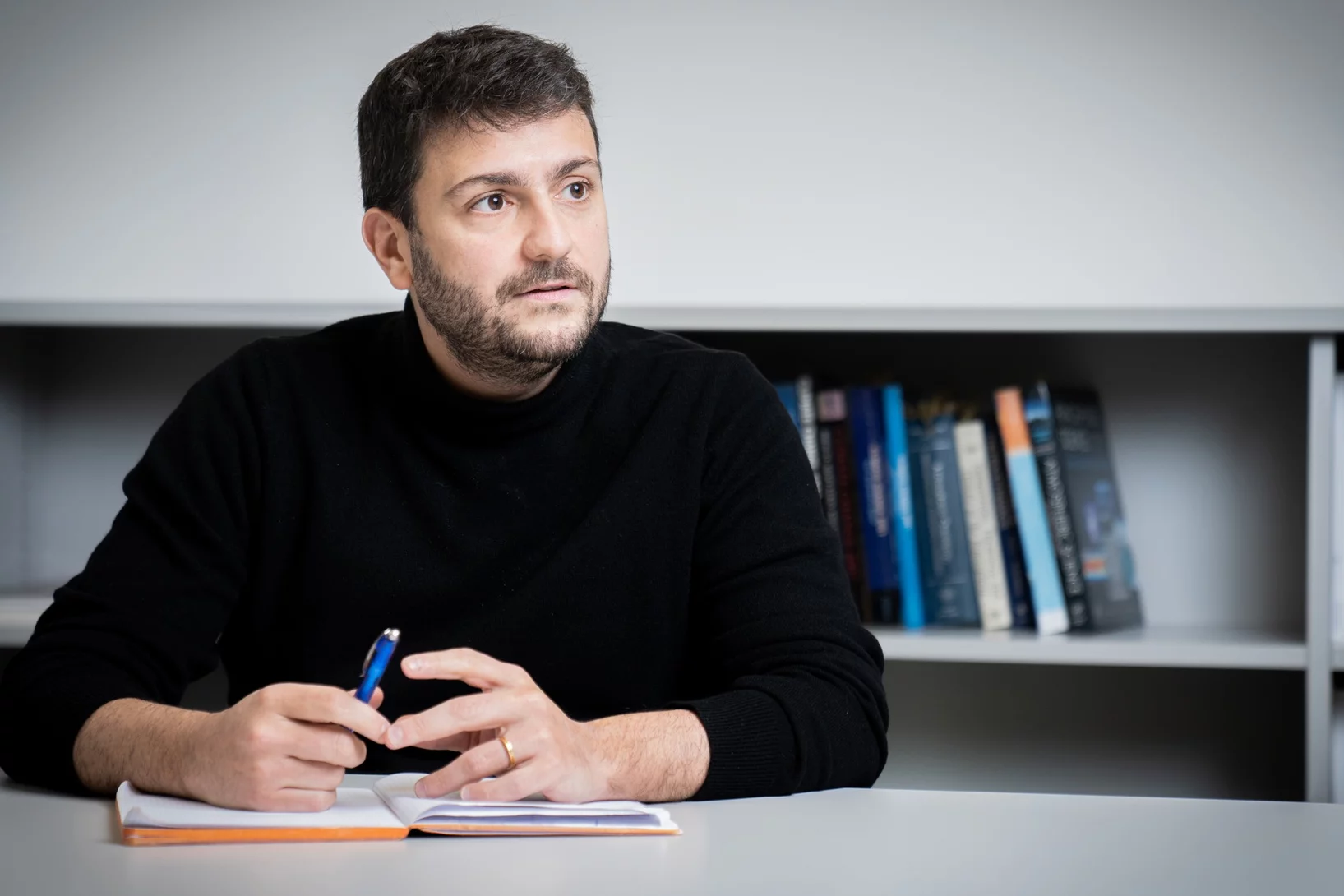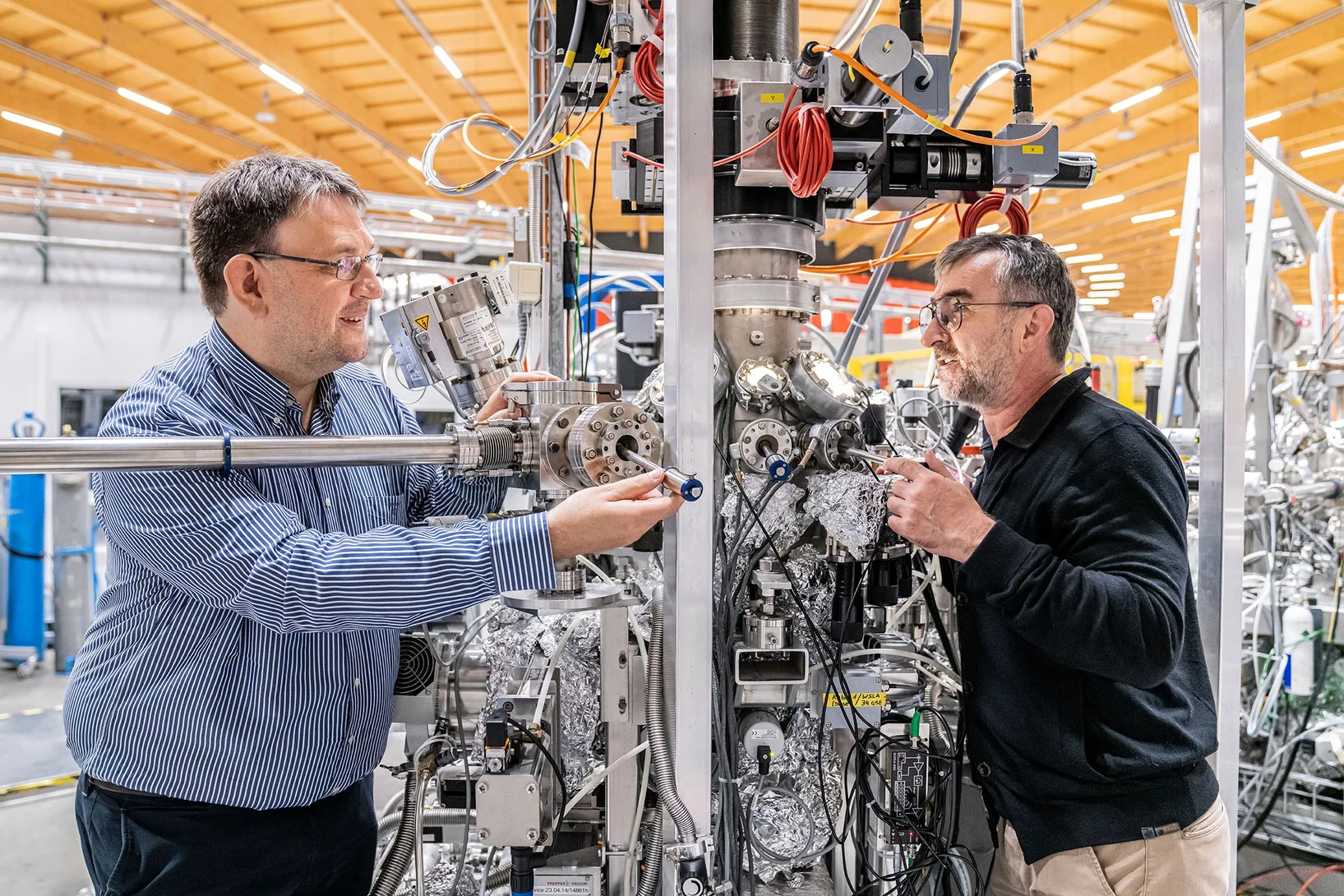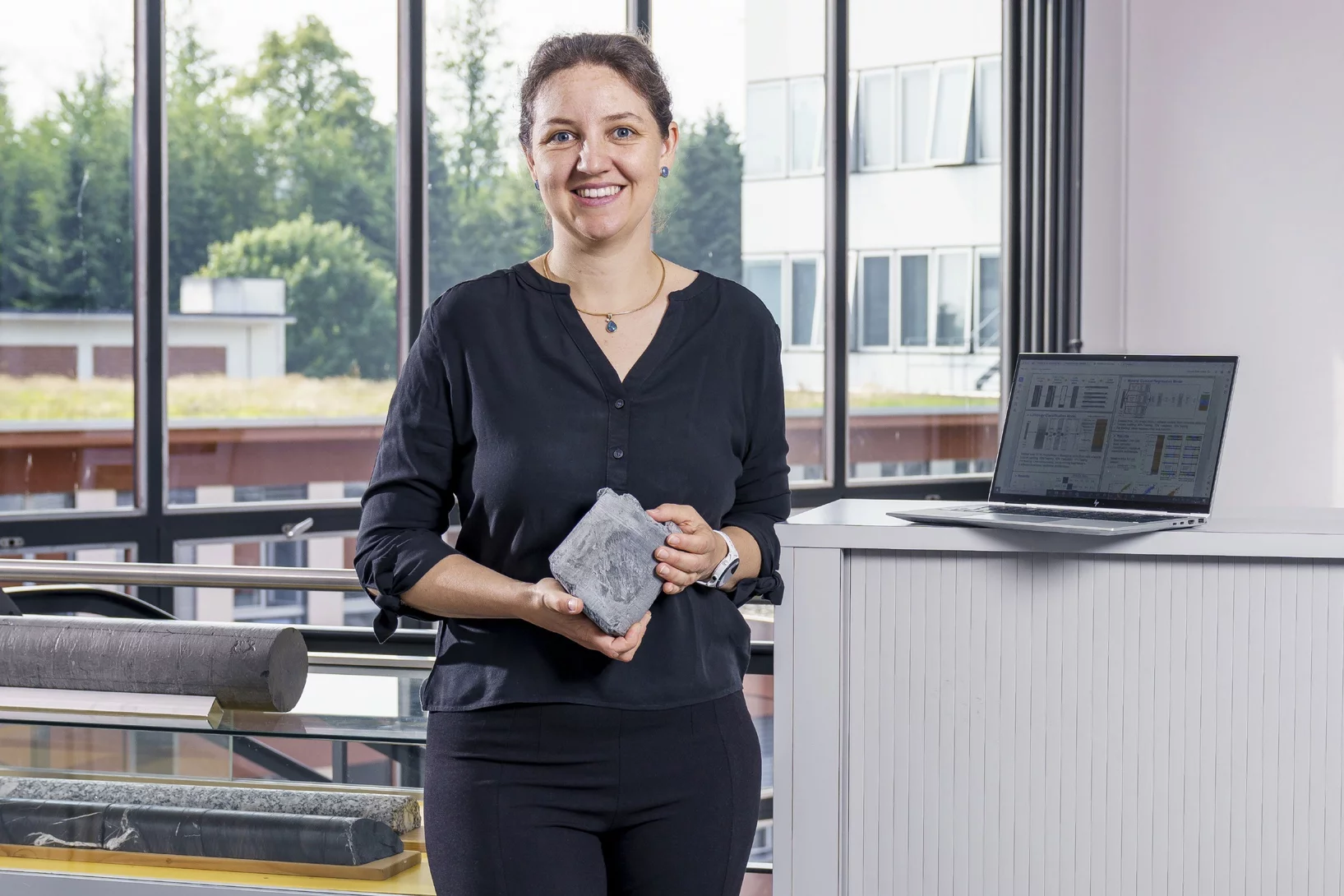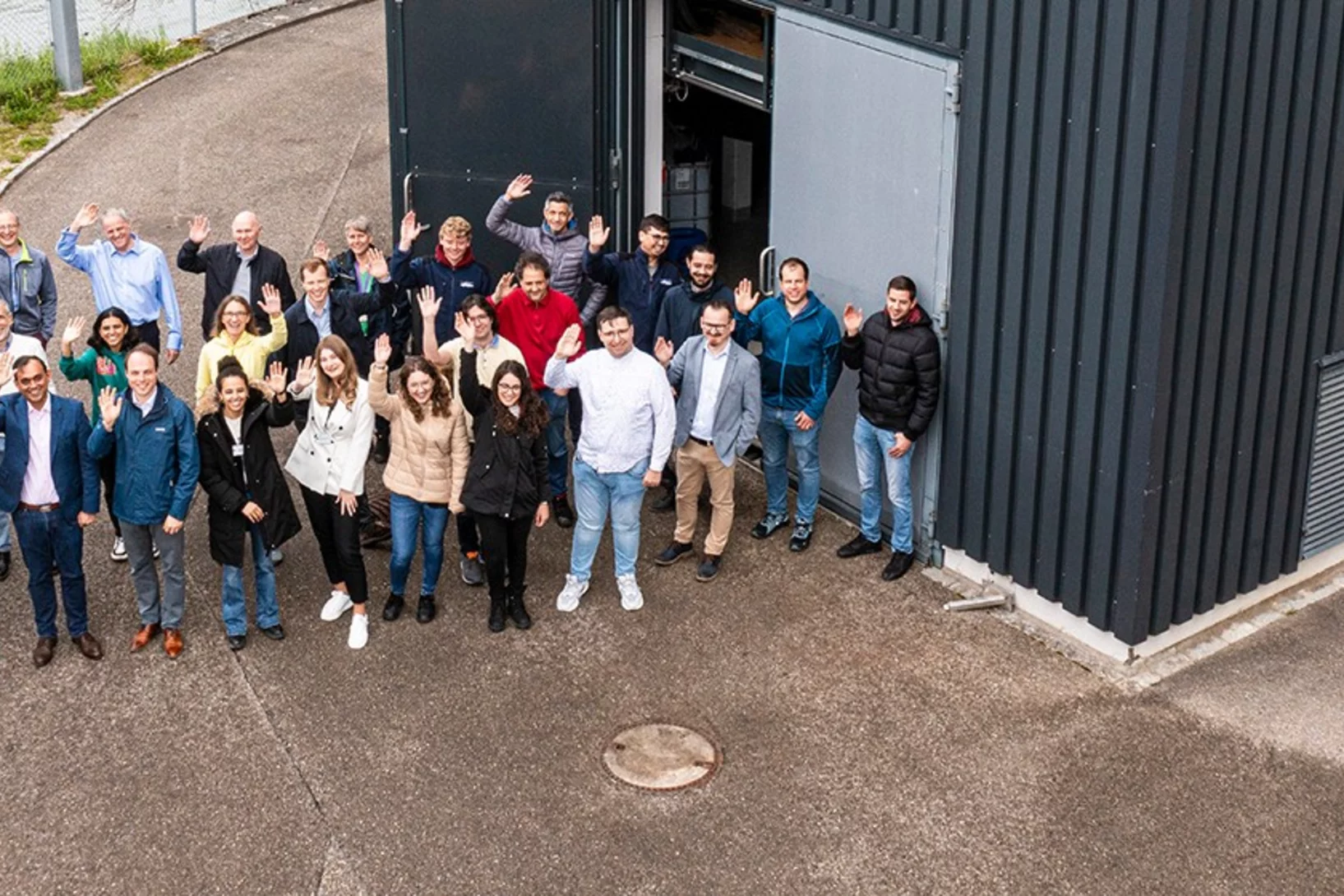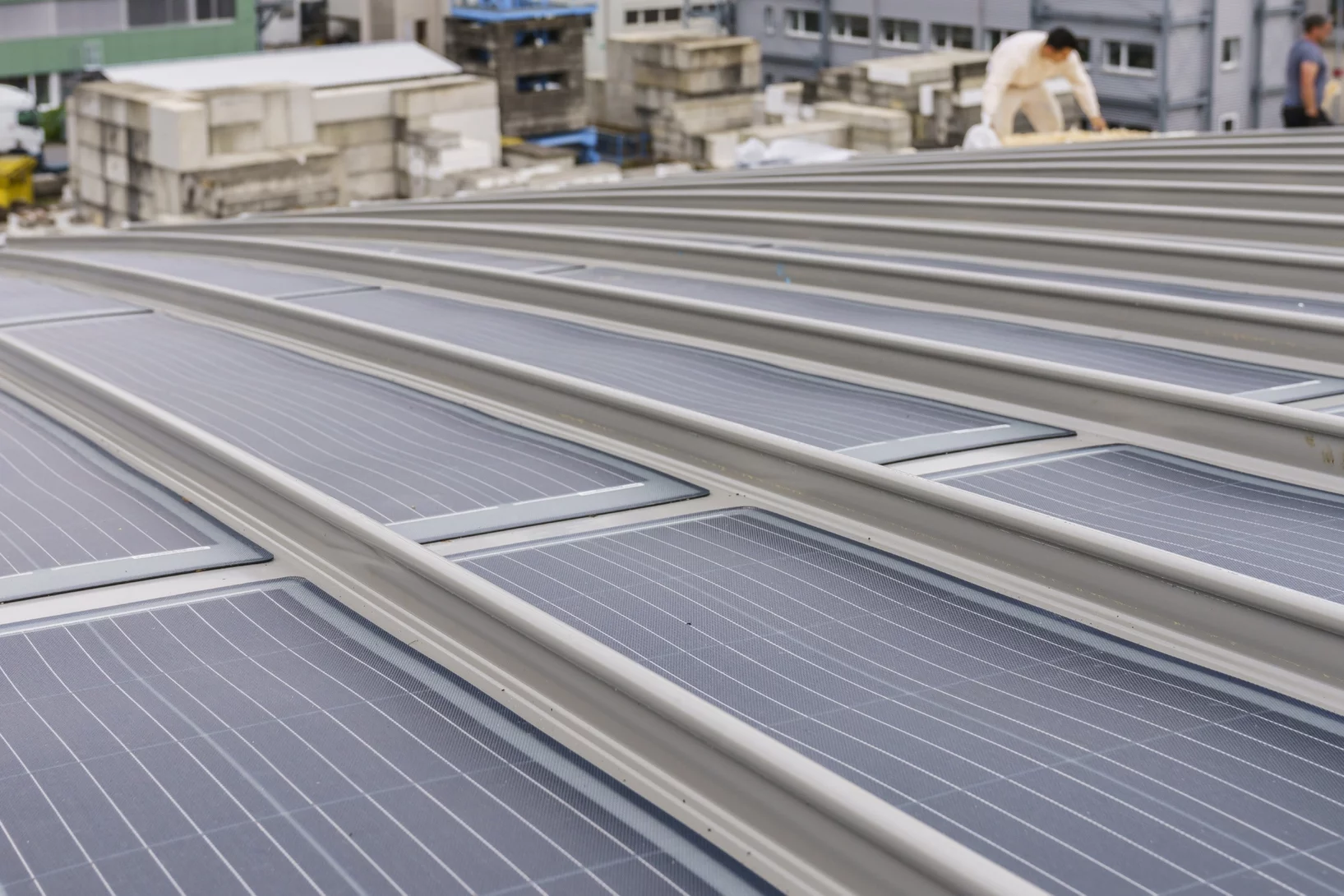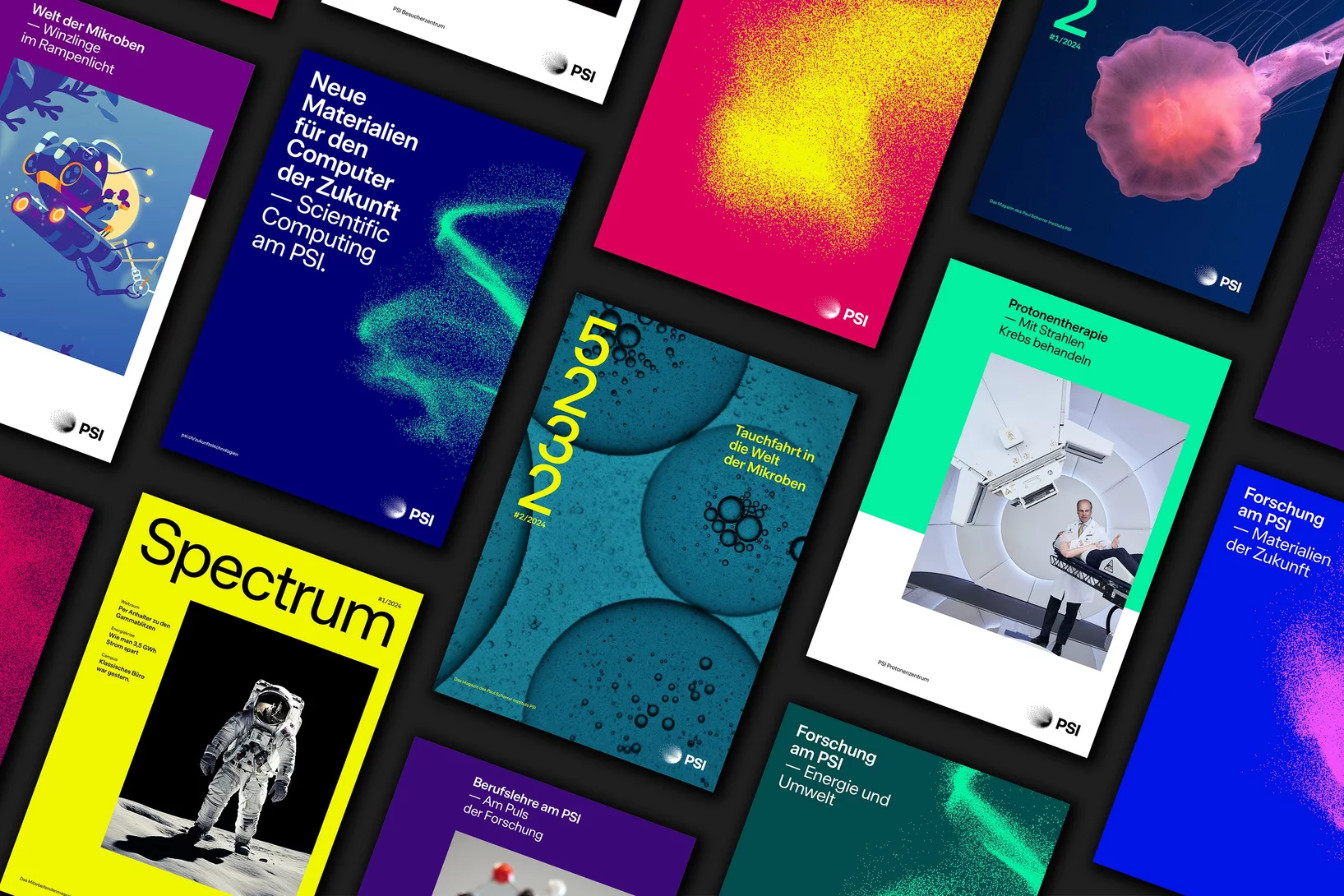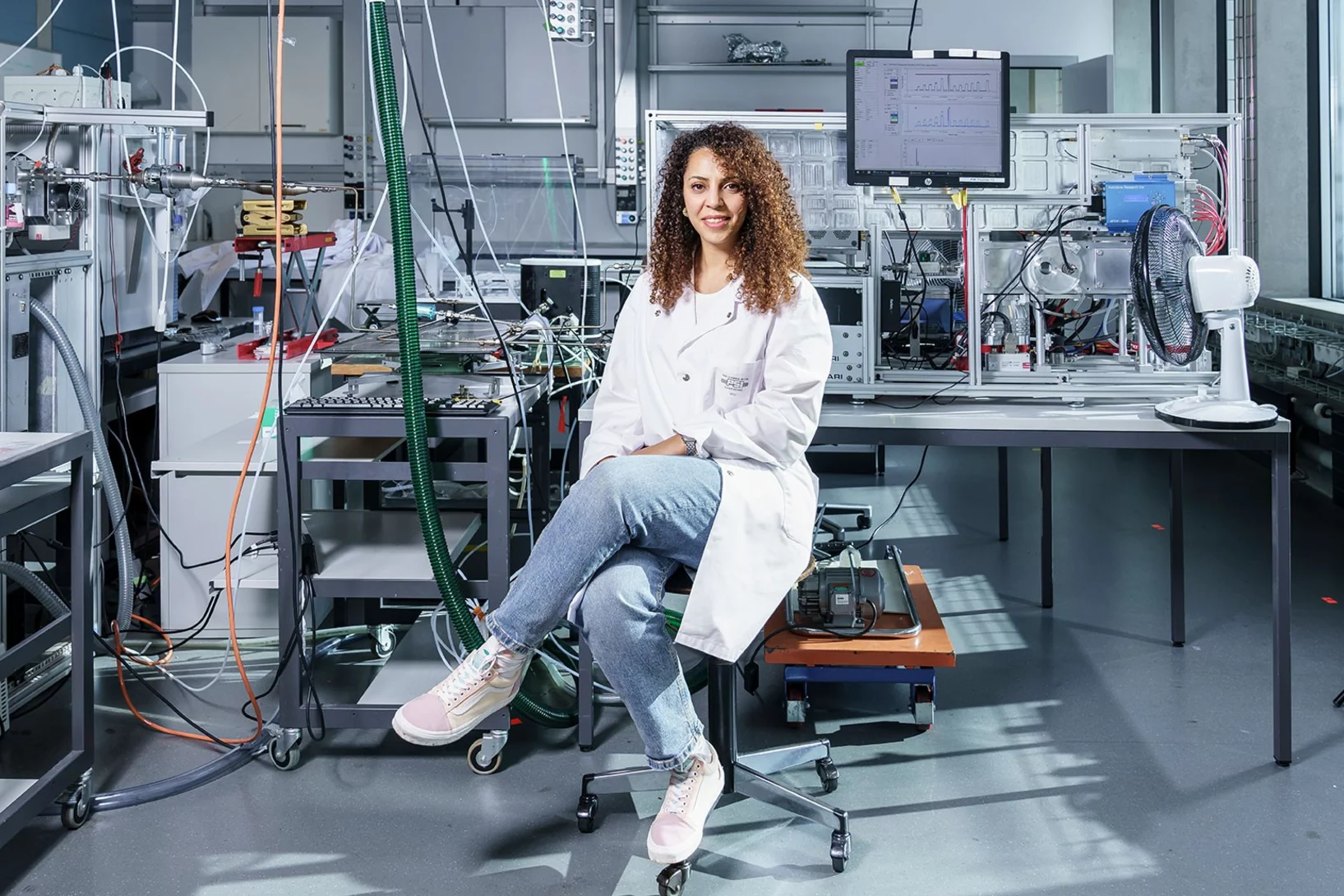Show filters
PSI’s cement whisperer
John Provis has dedicated his research career to a building material that is far more exciting than you might think.
X-rays reveal fossil stealth technology
PSI imaging helps to uncover the hunting strategy of a prehistoric predator.
New insights into a rare disease
Researchers at PSI have uncovered how genetic defects damage human cilia in different ways – a step towards improving the diagnosis of primary ciliary dyskinesia, a disease that has until now been poorly understood.
Attorney for cutting-edge technology
Former PSI doctoral candidate Stephanie Smit now works as a patent attorney for a company that is among the most important in the world. That’s because this company builds machines that are worth a fortune and are highly sought after.
PSI research at Switzerland’s most-visited museum
Making energy research something visitors can experience: The Swiss Museum of Transport is creating a platform for political and social dialogue on energy issues.
Science meets industry – innovation with an impact
Hans Priem and Cees Maris of VDL ETG explain what advanced manufacturing means in industry and talk about their collaboration with PSI.
Decoding radiation
Searching for radiation from the sky. How a sensitive detector and a clever algorithm are making ionising radiation visible.
Faster, more precise, more reliable – the future of manufacturing
Advanced manufacturing means using state-of-the-art production methods. Researchers at PSI are helping to make techniques such as 3D printing more reliable and to advance the miniaturisation of high-performance chips.
Aluminium made visible
PSI researchers have for the first time determined the exact position of the aluminium atoms in zeolites, which make these materials such good catalysts.
A tiny golden object from Roman times
PSI’s David Mannes has used neutrons to unravel the mystery of a fascinating archaeological artefact.
Targeted funding of innovation for the energy transition
How do innovations arise and how can they be specifically encouraged for the energy transition? PSI researcher Michael Weinold has been looking into this question using LED lamps as an example.
A faster route to green hydrogen
The pH value determines how easily hydrogen can be produced from water when cobalt is used as a catalyst. PSI researchers have now found out why.
Net zero: Taking raw materials into account
A new calculation model from PSI illustrates the complex interdependencies between technology, demand for critical raw materials, and environmental impacts on the road to climate neutrality.
Creating circuit diagrams of the brain
Using brain circuit diagrams to understand Alzheimer's.
“Even more cancer patients could benefit from proton therapy”
A newly published book describes how life-saving proton therapy was developed at PSI. Damien Weber explains why the full potential of the method has not yet been exploited.
With pad, pencil, and algorithms
Physicist Dominik Sidler is developing fundamental theories for previously inexplicable phenomena.
SLS 2.0: How to start up a particle accelerator
The electrons are back: after its upgrade, the Swiss Light Source SLS is starting up again, step by step.
Prestigious funding for research at PSI
Concrete, chemical catalysis and the search for new physics – three PSI researchers have each received a grant from the Swiss National Science Foundation for these areas of research.
New approaches to cancer treatment
The ETH/PHRT-funded clinical studies “RAPID 01” and “PROGNOSTICS” have successfully started recruiting patients.
“The biggest challenge is lacking public acceptance of wind turbines”
In an interview with ETH News, Russell McKenna, an expert in energy system analysis, explains where he sees the greatest need for action in order to further develop wind energy.
PSI year in review 2024
Highlights – PSI research in 2024
The Cables of the SLS
Building services, magnets, IT – many different parties are involved in the SLS upgrade. What connects them all is several hundred kilometres of cables.
IMPACT for Swiss society
World leader in muons and in production of medical radionuclides: The far-reaching significance of the planned upgrade.
In the flying laboratory
Every year, the National Emergency Operations Centre (NEOC), with the support of PSI, carries out measuring flights to determine the radiological situation in Switzerland.
Taking off with sustainable kerosene
Researchers around the world are working to find and optimise new ways of producing climate-neutral aviation fuel. At PSI, together with industry, they’re exploring a promising approach.
60 years of the Hotlab
Switzerland’s longest-running nuclear facility, located at PSI, is celebrating its anniversary today.
Getting to the roots of a global health problem
Imad El Haddad analyses the chemical composition and health impacts of particulate matter at the Center for Energy and Environmental Sciences of the Paul Scherrer Institute PSI.
A complex promise
There’s more to climate-neutral aviation than just reducing emissions during flights. A PSI study analyses what is needed to achieve this long-term goal.
Soldering on a big stage
Whoever makes it onto the podium here is one of the world's best professional talents: PSI electronics engineer Melvin Deubelbeiss won the silver medal at WorldSkills 2024.
iLab and Synfuels at the Energy Days! at the Swiss Museum of Transport
October 18, 19, and 20, 2024
The iLab from the Paul Scherrer Institute will be part of the Energy Days with exciting workshops. Discover how we can store renewable energy using innovative technologies like Power-to-Gas and drive the energy transition forward.
Unlocking the secrets of proteins
This year’s Nobel Prize in Chemistry goes to three researchers who have made a decisive contribution to cracking the code of proteins – important building blocks of life. However, developing applications from this knowledge, for example in medicine, requires research institutes such as PSI.
Master of the flow
Even as a student, Athanasios Mokos was excited by the dynamics of fluids. Today at the Paul Scherrer Institute PSI, he models complex processes such as the formation of deposits on reactor fuel rods.
Magnetism in thin layers: One electron makes the difference
An important step towards novel computer memory
Artificial intelligence explores the underground
The properties of geological units are determined using images of drill cores.
Fast as a plane, clean as a train
In a collaboration across Switzerland, researchers have evaluated the potential environmental impacts of so-called hyperloop systems.
“Magic” element challenges current model of nucleosynthesis
Surprising measurements lead to the discovery of an unknown process.
PSI day-care centre returns to the campus
The new building is ready. From the beginning of August 2024, PSI children are once again being looked after on campus.
Sustainable aviation fuel from the PSI campus
In collaboration with climate start-up Metafuels, a pilot plant for the production of sustainable aviation fuel is being set up on the PSI campus.
Aluminium and solar
The SLS building is currently getting a new roof.
Can aerosols stop global warming?
Injecting particles into the stratosphere to cool the earth? In our interview, PSI researcher Markus Ammann comments critically on the controversial subject of solar geoengineering.
PSI in a new design
Fresh, clear and innovative. Our new website is designed to encourage people to browse through our site online and on their mobile devices. It is part of a comprehensive rebranding project that was developed in collaboration with the Zurich branding agency Scholtysik.
A plan for the world’s biggest machine
Interview with Lea Caminada, head of the High Energy Particle Physics Group at PSI, about the next potential large project at CERN.
A 40-year success story: Protons against eye cancer
In March 1984, people were irradiated at PSI for the first time against a rare but very malignant type of cancer: They had a tumour in their eye.
Cristina Müller
Developing and redesigning radiopharmaceuticals for tumour therapies
Fundamentally different
Artificial intelligence is helping to evaluate an unimaginably vast amounts of data efficiently and exploit the facilities’ full potential for research.
Favourite recipes from around the world
People from 64 nations work at PSI. Of course, they all bring their own culinary preferences with them.
A potential shortcut
Today, machine learning and artificial intelligence are part of the toolkit for most researchers at PSI. In many cases these methods are fundamentally transforming the way we do science.
Lubna Dada
Tracking down bioaerosols from plants to improve climate models

